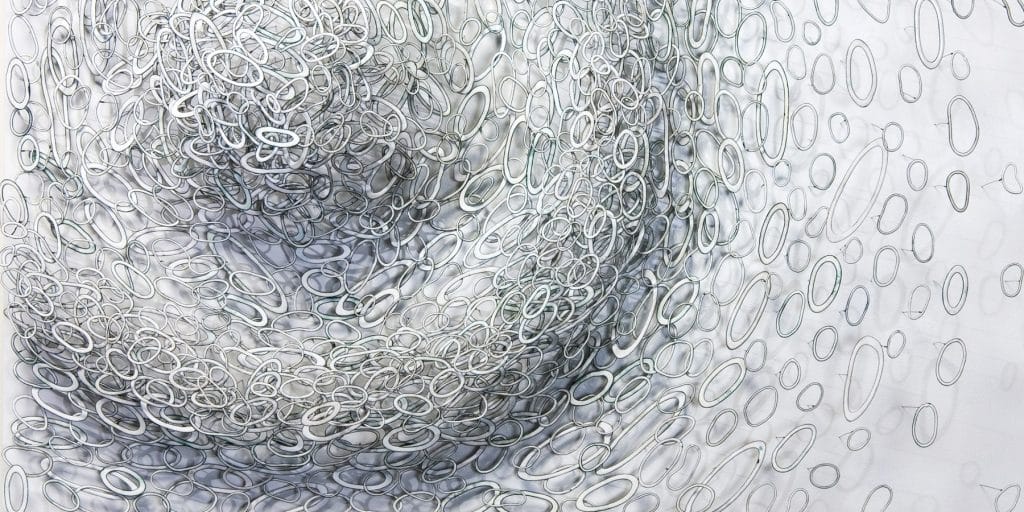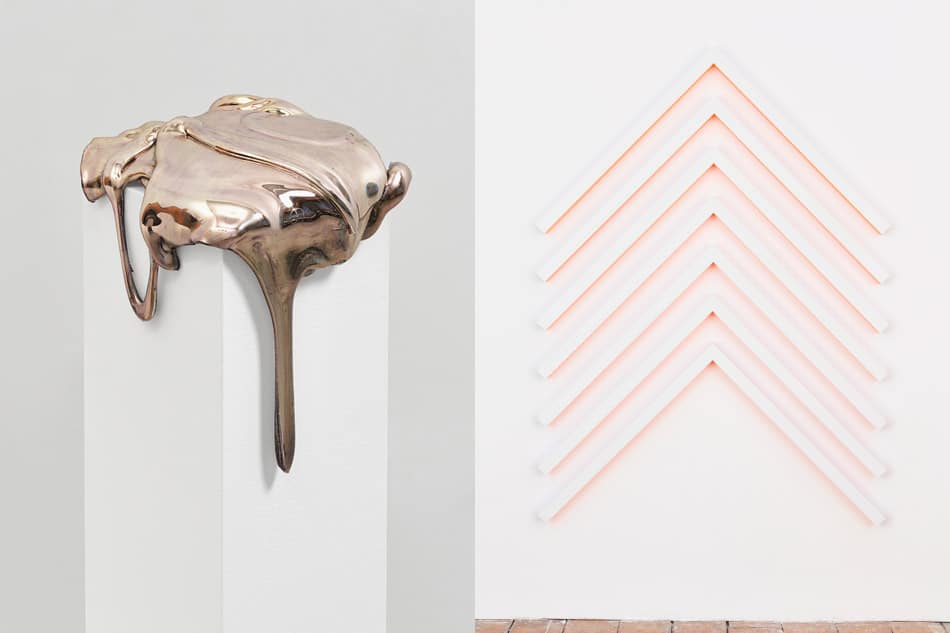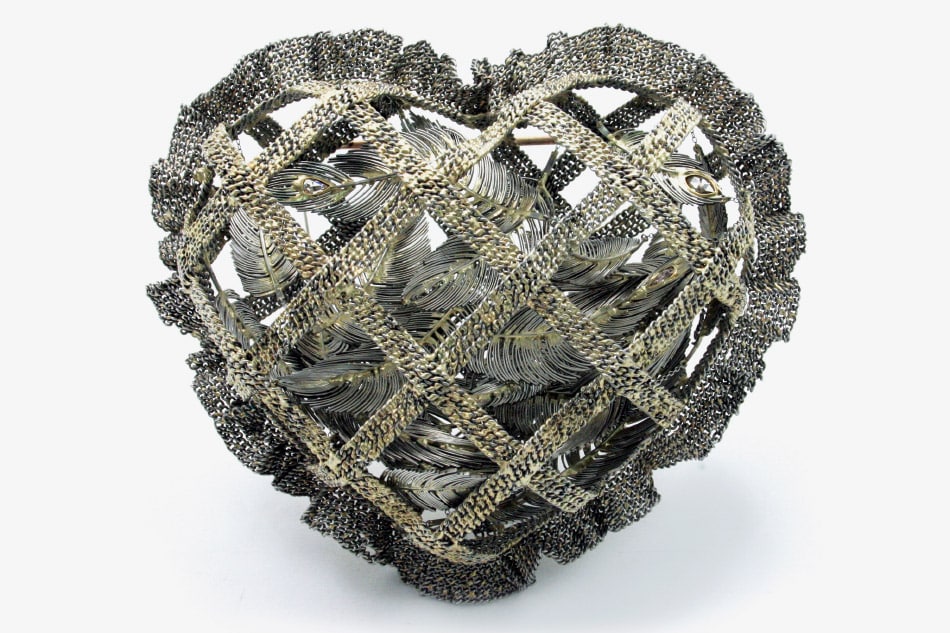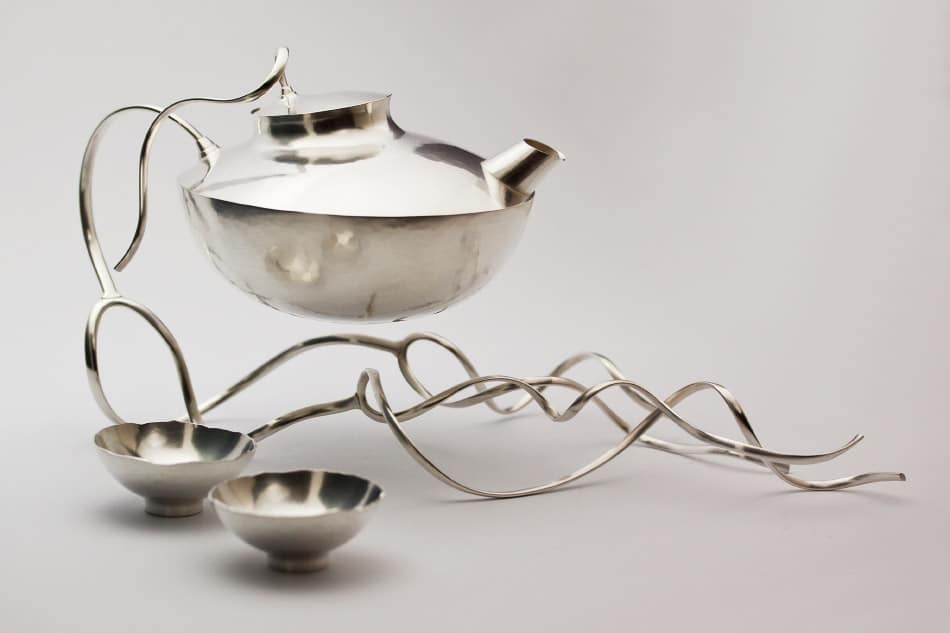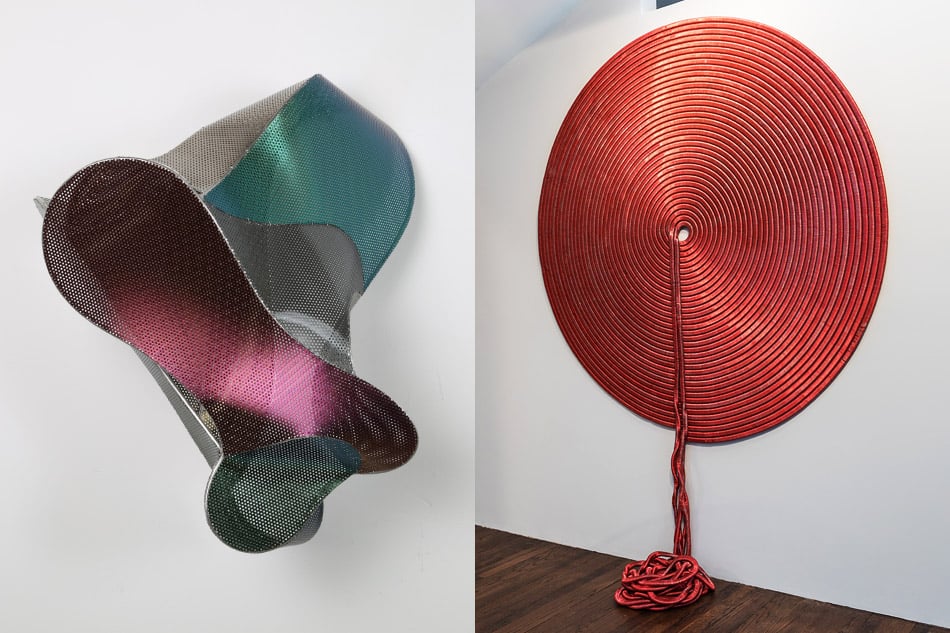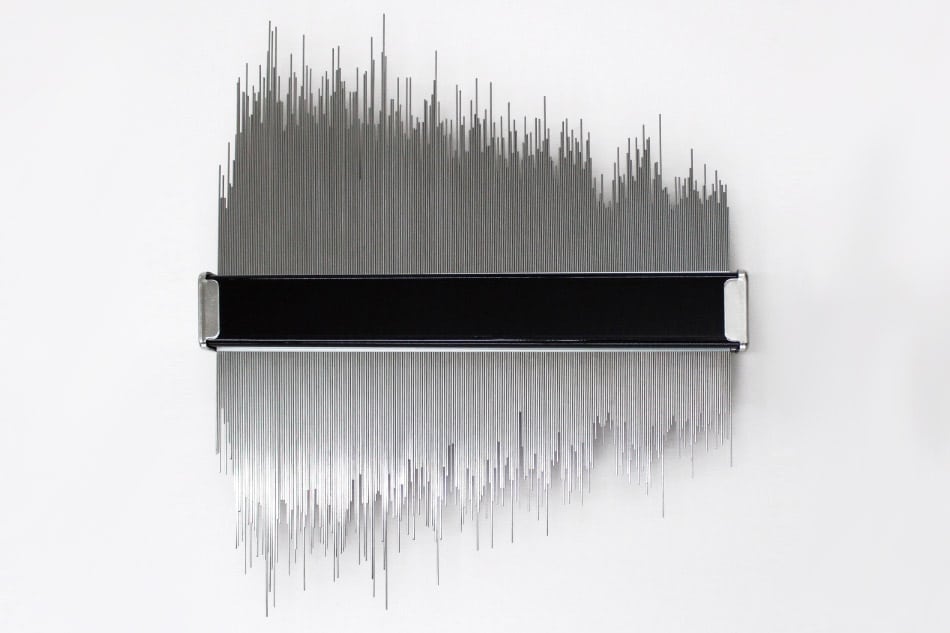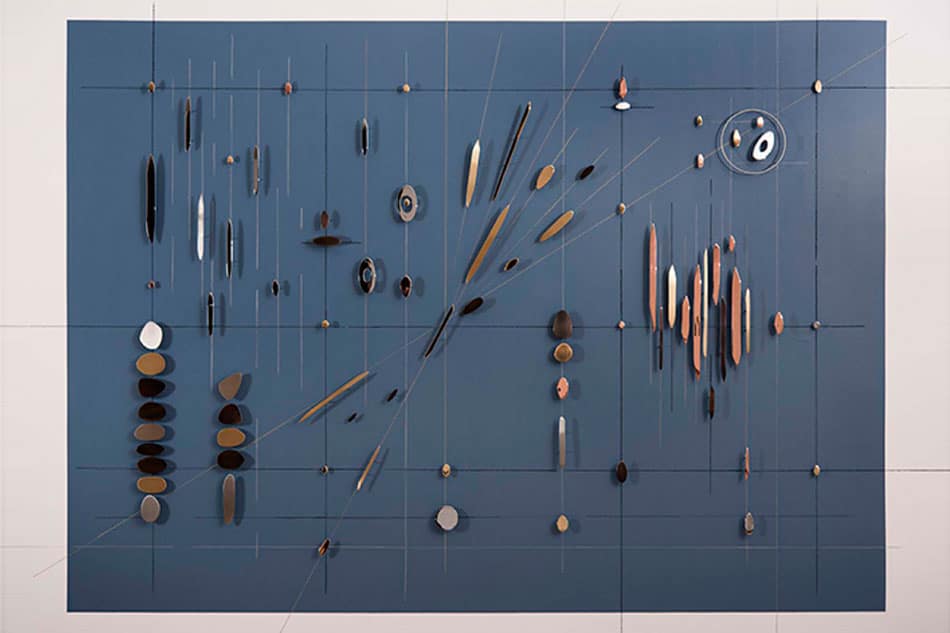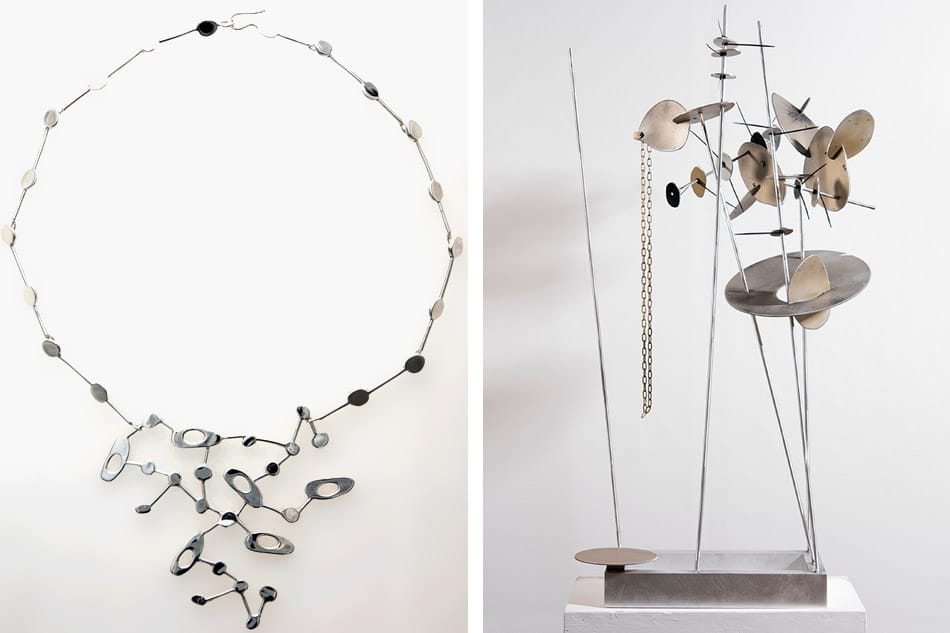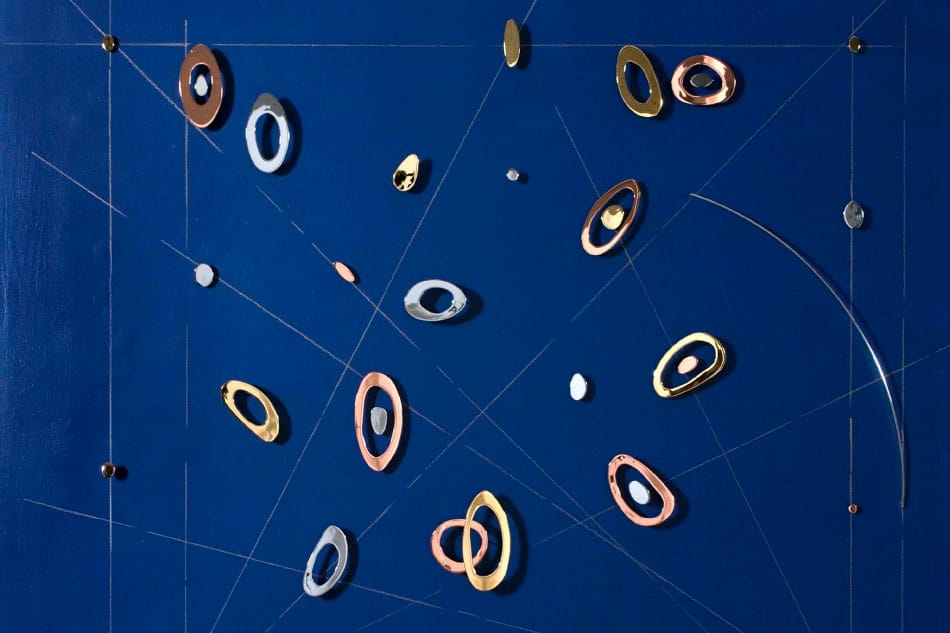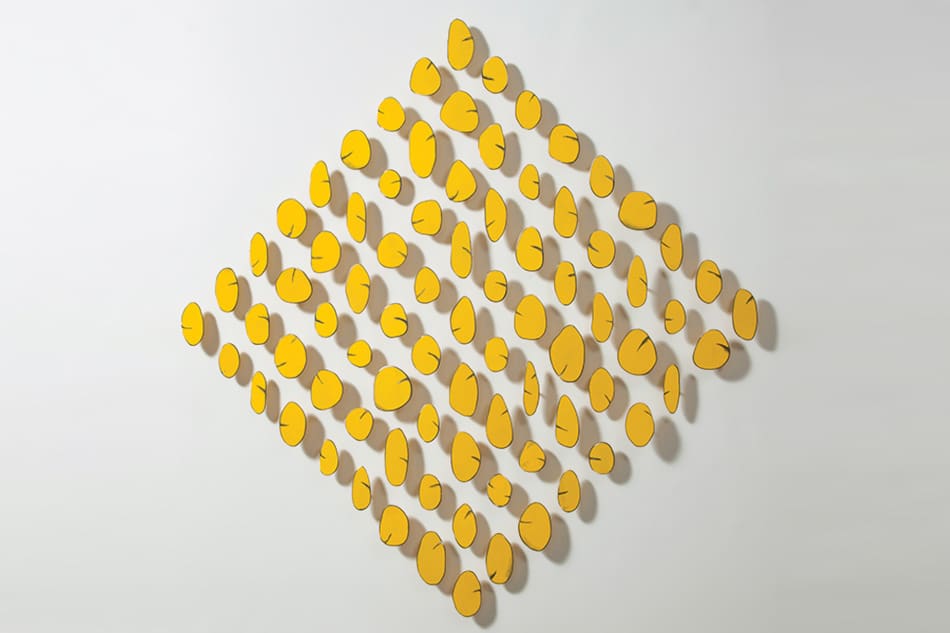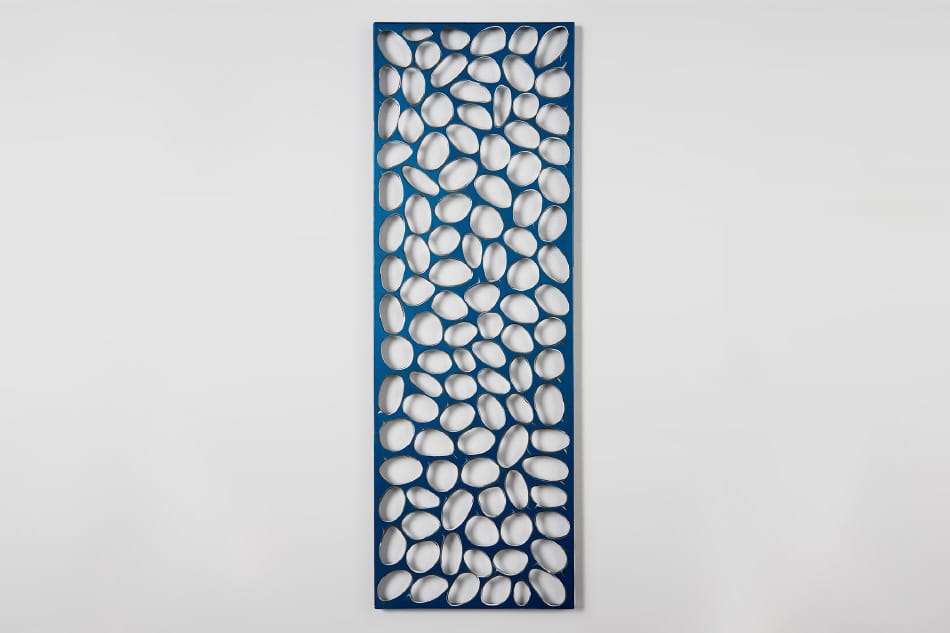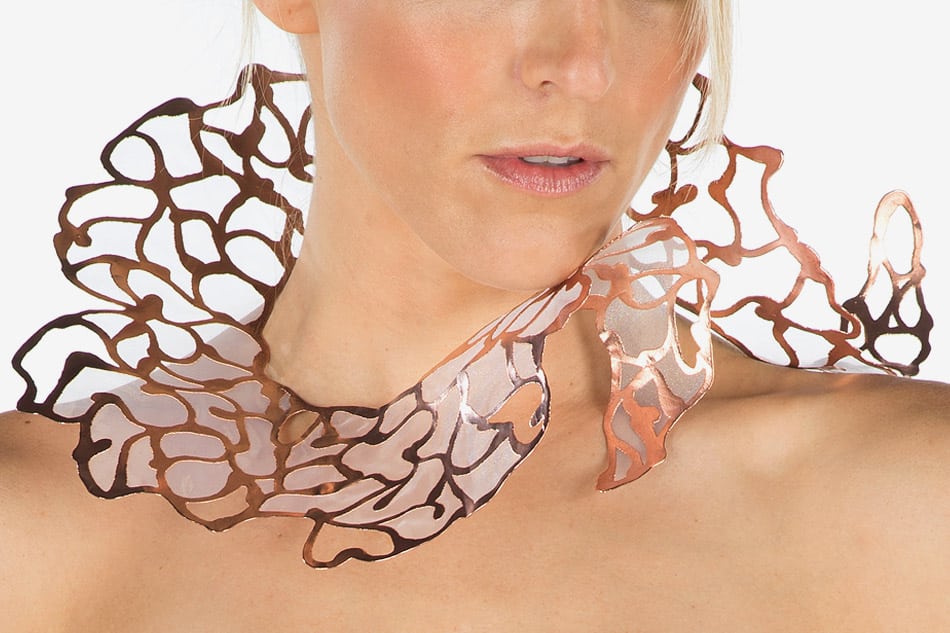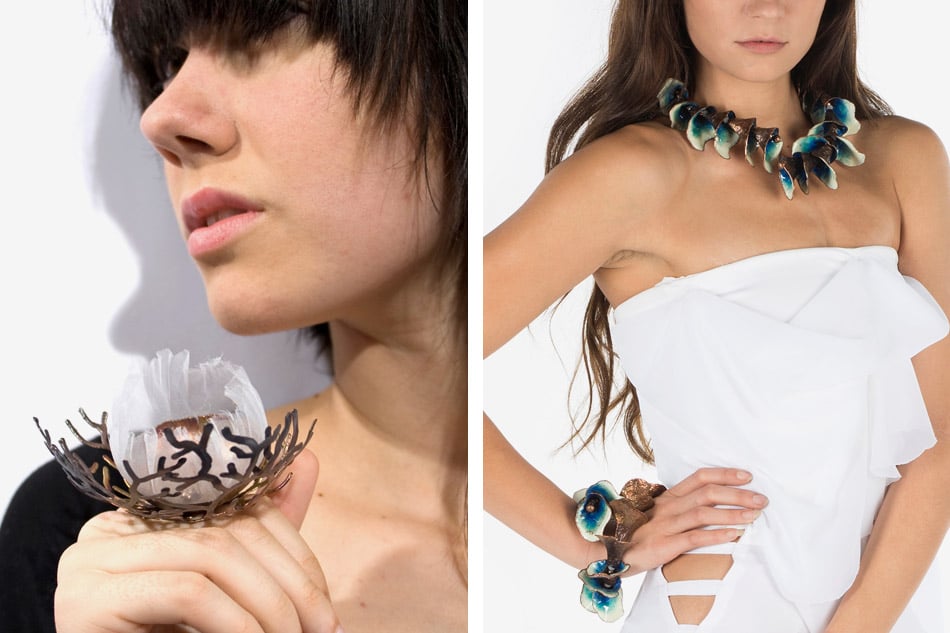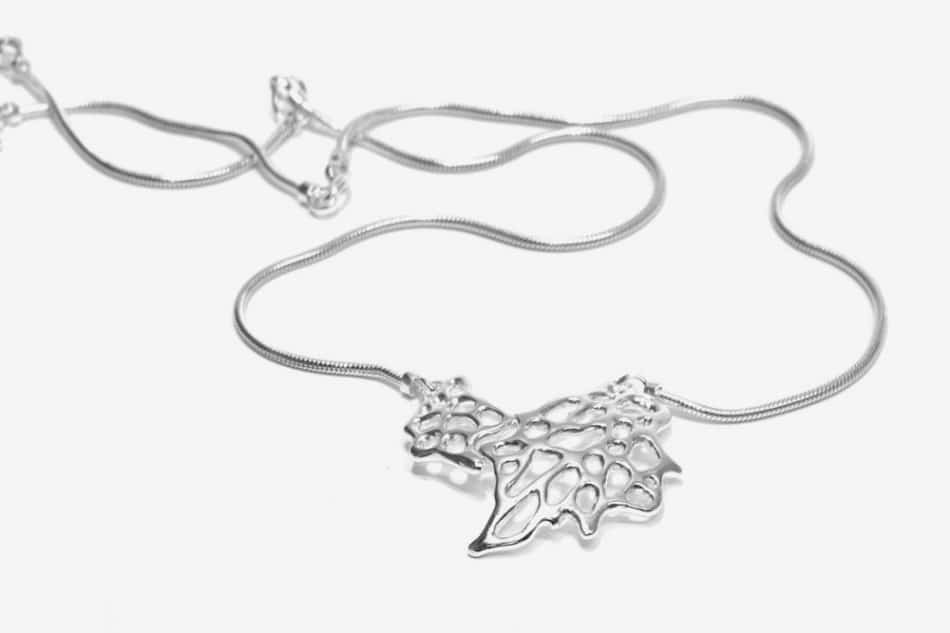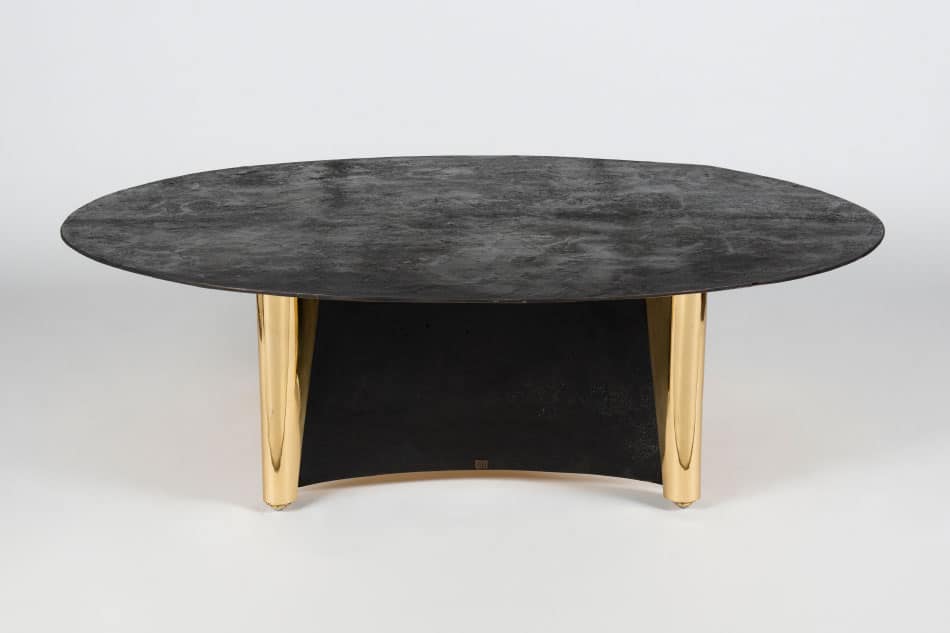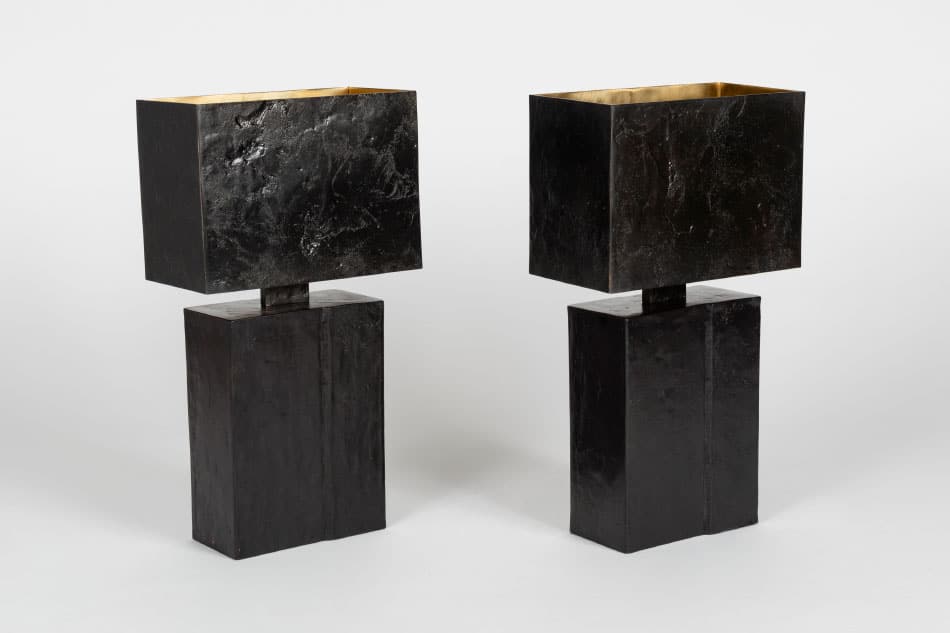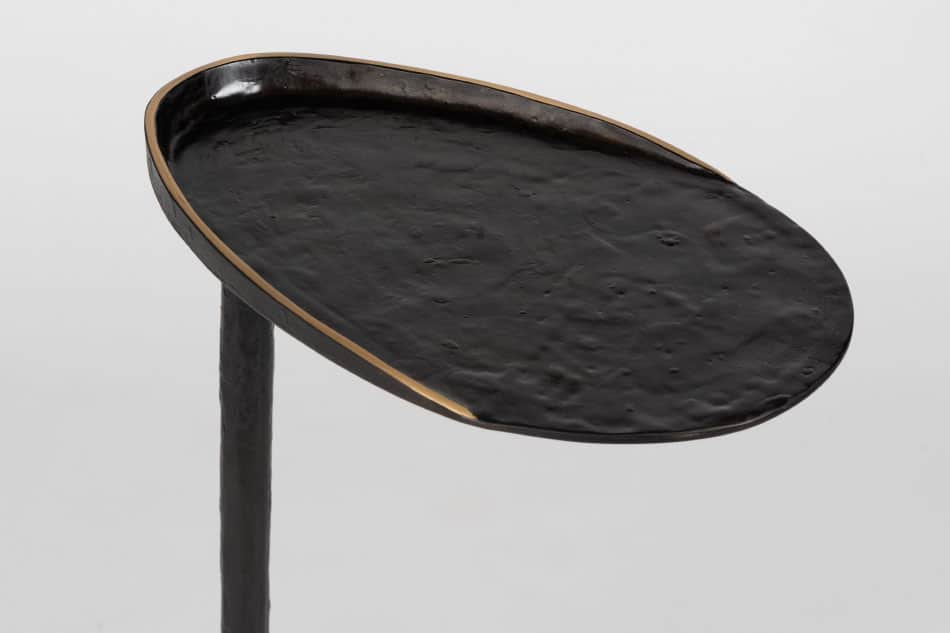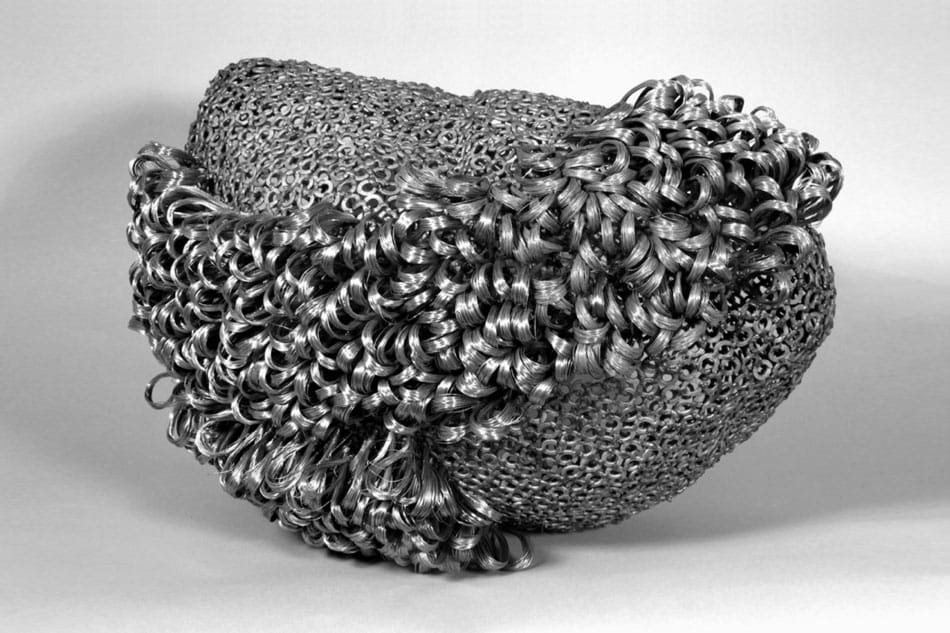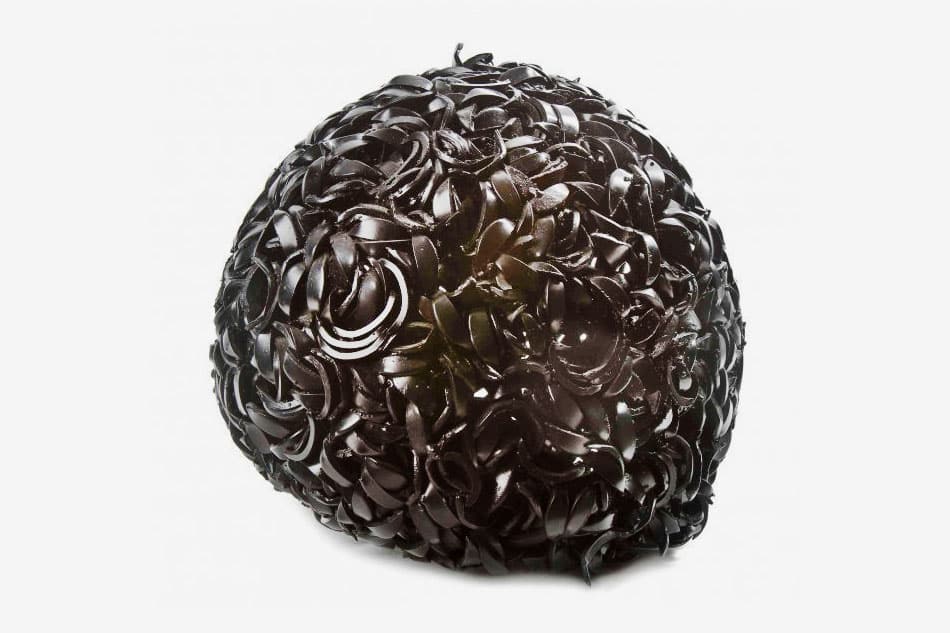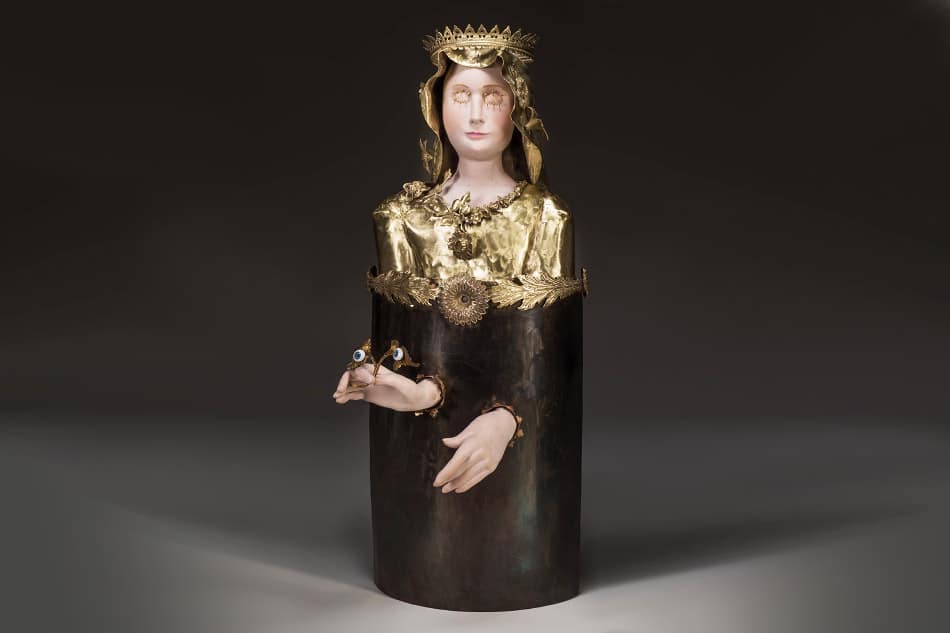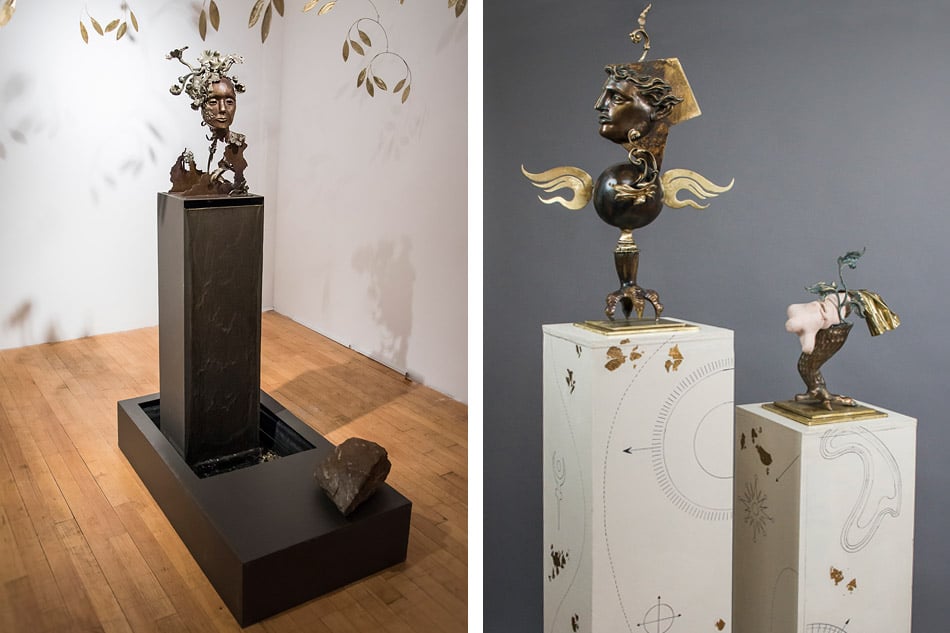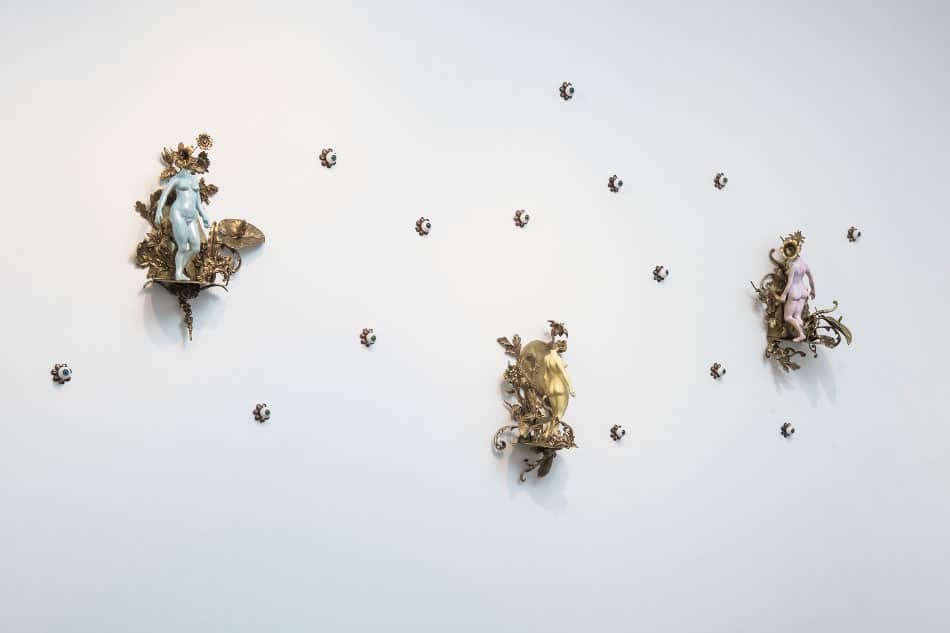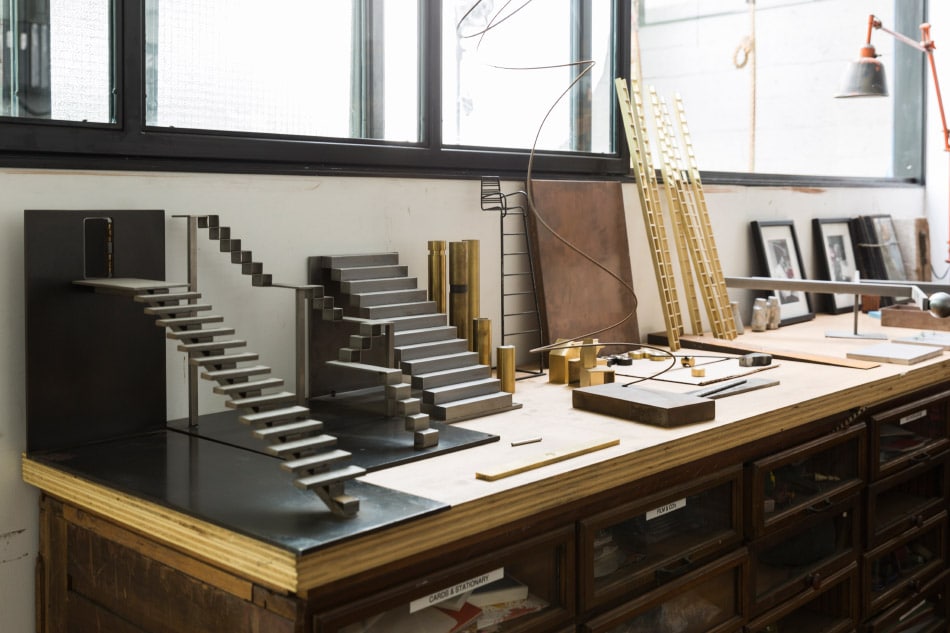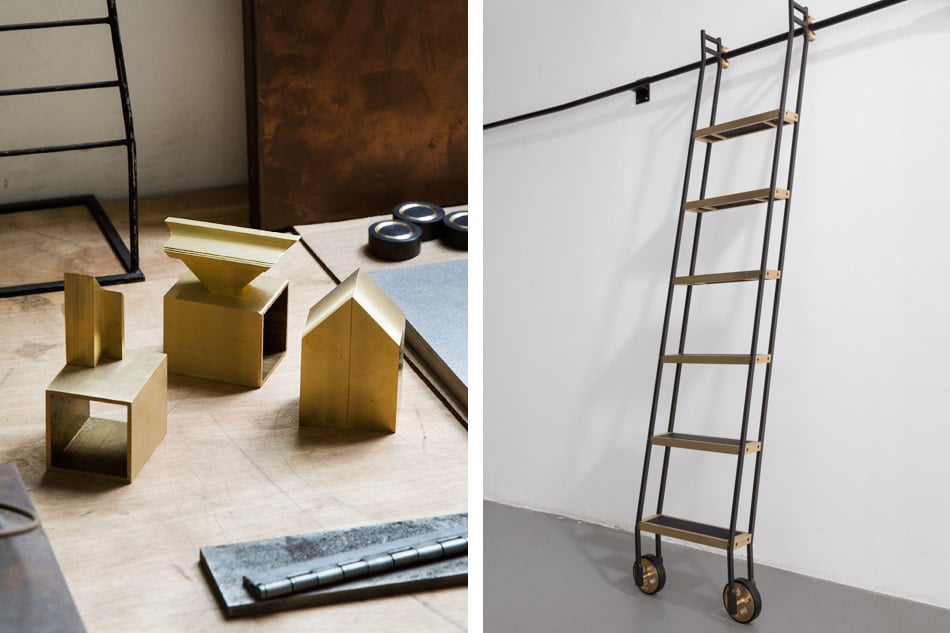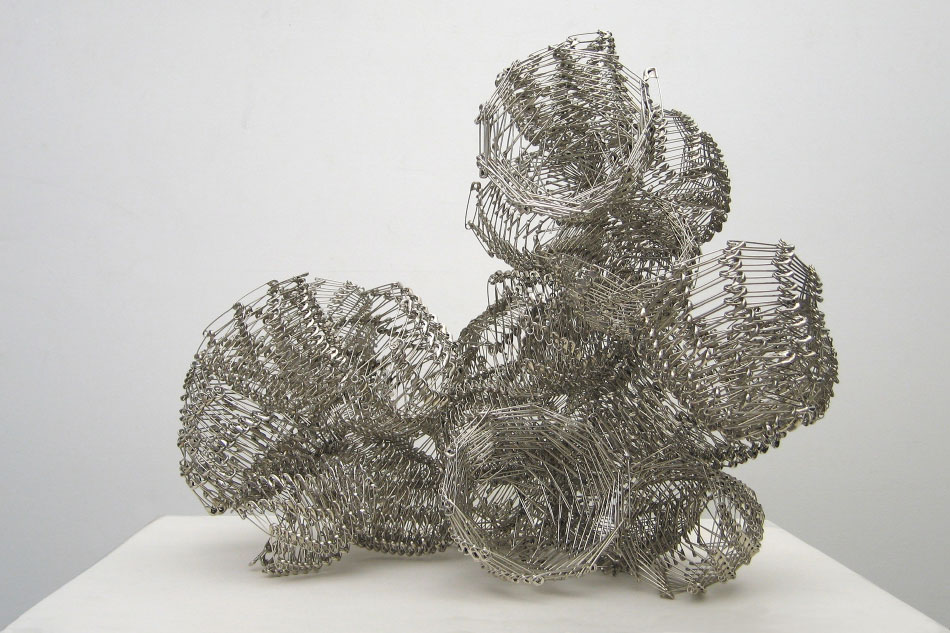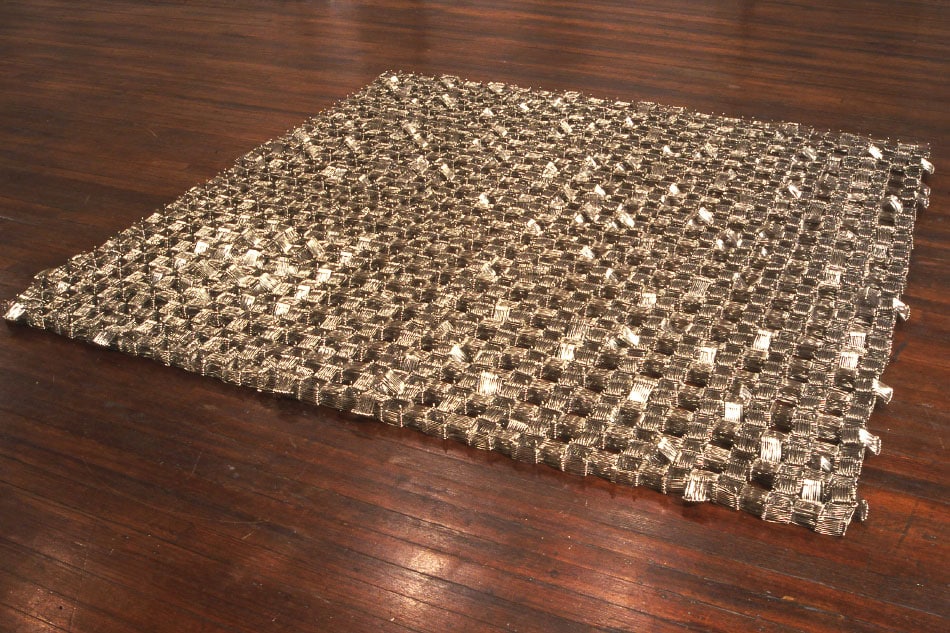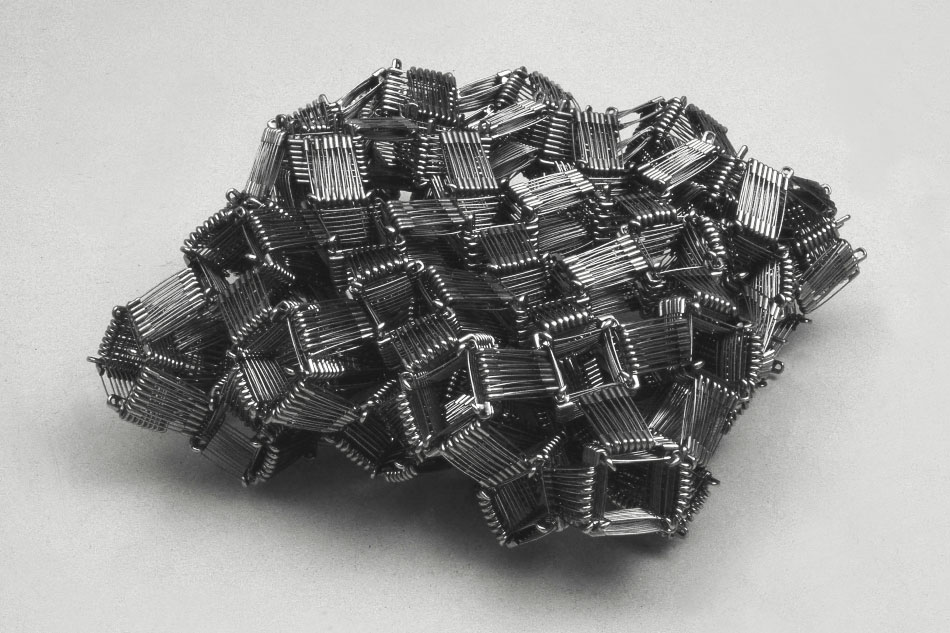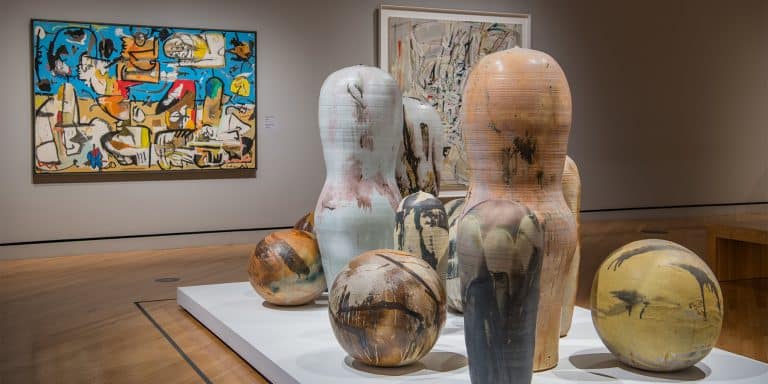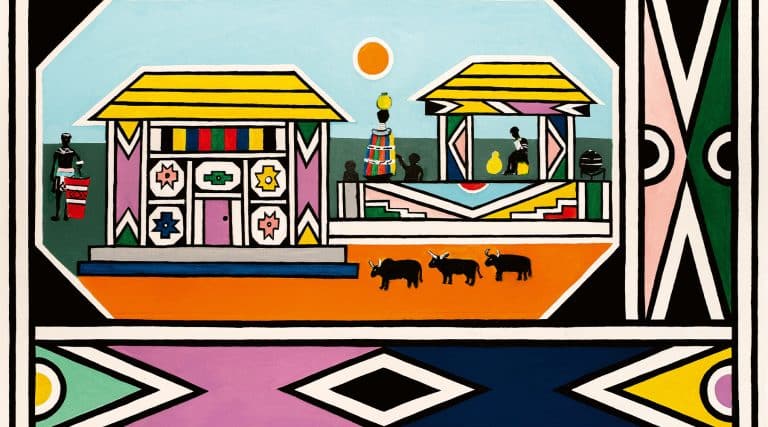July 1, 2018In the world of metal sculpture, monumental works by such male artists as Richard Serra, Jeff Koons and Mark di Suvero loom large — both literally and figuratively. When it comes to women sculptors working with metal, hardly any names spring to mind. Women are underrepresented in the art world, to be sure, but there’s also a pervasive historical idea that metalworking is too physically demanding for them.
This false impression still permeates contemporary discourse, according to Susan Fisher Sterling, director of the National Museum of Women in the Arts (NMWA), in Washington, D.C. And when women artists do use metal, their works are frequently labeled craft or decorative art. The museum’s latest exhibition, “Heavy Metal — Women to Watch 2018,” on view through September 16, is an effort to disrupt these male-dominated narratives. The show includes 20 emerging or underrepresented women artists from the United States and abroad — among them, Holly Laws, who works with steel, copper and old ironing boards; Alice Hope, who creates large-scale wall pieces using tabs from aluminum cans; and Katherine Vetne, who takes the glass pitchers commonly found on wedding registries, melts them down and coats them with silver nitrate.
The NMWA has long had an interest in this subject. Its 1990 catalogue Women Silversmiths 1685–1845: Works from the Collection of the National Museum of Women in the Arts lists more than 300 women who became apprentices or registered their own marks during the period covered, demonstrating that women have been engaging with the medium for centuries. It’s estimated that by 1927, roughly half of the metalworkers in the Arts and Crafts movement were women. Modern and contemporary art is full of “heavy metal” female artists, such as Ruth Asawa, Lynda Benglis, Barbara Hepworth, Claire Falkenstein and Margaret De Patta.
Here, we look at the work of three of the women highlighted in the exhibition — Cheryl Eve Acosta, Paula Castillo and Carolina Sardi — along with four of their contemporaries who have also forged careers in this so-called man’s medium and whose pieces, like theirs, appear on 1stdibs.
Above: Untitled (detail), 2010, by Susie Ganch. Photo by Taylor Dabney

Miami-based artist Carolina Sardi uses sheets of steel to create wall installations that feature an array of precisely cut organic forms, giving special attention to negative space. Her sculptures are often installed in such a way that they appear to float two inches off the wall, casting deliberate shadows that change with the light.
Says Sardi, who grew up in Argentina, “The flat landscape of the pampas gave me a taste for empty spaces, which are, of course, not really empty at all.” She frequently accompanied her engineer father to construction sites — hence, her interest in steel. At the National University of La Plata, in Buenos Aires, she earned an MFA in sculpture and studied with Enio Iommi, a key figure in Latin America’s concrete art movement. Since establishing her studio, in 1995, Sardi has exhibited her work nationally and internationally. Now, she’s working on a series of free-standing aluminum sculptures that she calls “Creatures.”
Portrait by Jaime Pina. Above right: Grandfather, Cricket and I, 2016
Shop Carolina Sardi on 1stdibs

Kansas City–based Cheryl Eve Acosta grew up in Puerto Rico, where, as a young girl, she fashioned jewelry out of whatever was at hand: plastic beads, seeds, shells. “I was fascinated with body adornment, and I wanted to go to the next level, to work with metals,” she recalls. So, she studied metalsmithing and then earned an MFA in metals and jewelry from Rhode Island School of Design. Her jewelry — made from such materials as silver, copper and enamel — is inspired by the oceanic forms she observed along Puerto Rico’s coast. In the less than 10 years since her RISD graduation, Acosta’s work has been featured in a number of museum shows, and she was commissioned to design a piece for diplomat Madeleine Albright’s famous brooch collection. “Metal can be transformed in so many ways: welding, soldering, etching,” she observes. “There are so many options, and I find that very magical.”
Portrait by Jim Barcus. Above right: Nesting Gamete ring. Photo by Affandi Setiawa
Shop Cheryl Eve Acosta on 1stdibs

Aline Hazarian, who was born in Armenia and raised in Lebanon, planned, in her youth, to become an interior designer. But after graduating with a design degree, in 1995, she was pulled into her family’s finance business. A few years ago, after redesigning her apartment in Paris, she decided to pursue her original goal,working on interiors internationally, while commuting between her homes in Paris and Dubai.
Now, she has launched her first furniture collection, with Maison Gerard. All her pieces are made of bronze, some polished and some patinated to a moody, textured black. Hazarian describes them as full of “curving, inter-winding forms” that take cues from Art Nouveau and Art Deco. (One recent console table is reminiscent of Jean-Michel Frank’s work.) Her affection for the metal runs deep. “The patina subtly shifts over time, as if it’s living with the occasion,” she notes.
Portrait by Matthieu Salvaing. Above right: Aramaz console table. Photo by Arian Camilleri
Shop Aline Hazarian on 1stdibs

Paula Castillo strives to make her sculptures both beautiful and unsettling. Growing up in New Mexico in a multicultural Hispanic and Lebanese family whose members included many welders, “I was surrounded by scrap metal and machinery,” she recalls. So when she decided to become an artist after working in an electronics factory for a time, she turned to metal instinctively.
Castillo’s work brings together the manmade and natural worlds. She first designs her biomorphic forms on a computer and then builds them by hand-welding together thousands of small pieces of industrial steel byproduct. In her decades-long career, she has completed a number of large-scale public installations, including commissions for the City of Albuquerque and the New Mexico’s Art in Public Places program.
Portrait courtesy of Paula Castillo. Above right: Fallen Petals, an installation at Fort Lewis College’s Berndt Hall biology department in Durango, Colorado. Photo courtesy of Castillo
Shop Paula Castillo on 1stdibs

Lannie Hart has been making mixed-media sculptures since the 1980s, all of which include female faces or figures. As a child, she learned needle craft from the women in her family and felt it was unjust that their efforts were labeled “women’s work.” “Seeing them repressed woke me up,” says Hart, who’s based in Sleepy Hollow, New York.
As an adult, she dedicated herself to mastering such artistic techniques as wood carving and welding. Her large-scale sculptures typically include objects — an antique silver teapot, for instance — that she finds at yard sales, in junk yards and at flea markets around the world.
With these treasures, Hart creates otherworldly assemblages that explore female sexuality and empowerment, drawing inspiration from mythology and the Renaissance. Her sculptures, which have earned her numerous grants and commissions, often live outdoors, so metal is ideal. “Metal resists time,” she says.
Portrait courtesy of Lannie Hart. Above right: Sightings 1, 2017

Gabrielle Shelton learned how to weld at age 11 from her uncle, who was a metal fabricator. “I loved all things three-dimensional,” she recalls. “If you gave me a pencil and paper, I’d fold the paper instead of drawing on it.” She studied sculpture at the School of the Art Institute of Chicago and then worked at a welding shop and as a construction laborer. “It was hard, but I learned all sides of the business,” she says.
Today, Shelton Studios, her workshop in Greenpoint, Brooklyn, specializes in metal fabrication for architects and sculptors, in addition to producing her designs for custom metal ladders, staircases, railings, shelving, doors and more. One passion project is her sculptural chess sets made from scraps of steel and bronze found around her studio. “Sometimes, I see things in these beautiful scraps,” she explains. “And I wanted to make a chess set, as so many great artists have — Marcel Duchamp, Man Ray and Isamu Noguchi, to name a few.”
Portrait by Lesley Unruh. Above right: A Shelton chess set. Photo by Lesley Unruh
Shop Gabrielle Shelton on 1stdibs

Tamiko Kawata works with safety pins, a humble medium that, to her surprise, has brought her great acclaim. She has exhibited her sculptures widely, and one of her jewelry pieces is in the collection of New York’s Museum of Arts and Design.
Kawata studied sculpture in her native Japan before emigrating to New York City, in 1962. She couldn’t afford studio space or materials, so she turned to readily available and no-mess pins, compulsively interlocking them to create jewelry, small sculptures and, eventually, Agnes Martin–esque wall-size works and outdoor installations. Her reputation took off around 1973, when the store Serendipity started carrying her safety-pin jewelry and she was featured in the New York Times. She has always eschewed glue and other adhesives. “I respect the materials. I’m a naturalist,” says Kawata, who now works with a wide variety of metals — she refuses to be pinned down.
Portrait by Suzanne Otwell. Above right: Black Orpheus. Photo courtesy of the Museum of Art and Design
